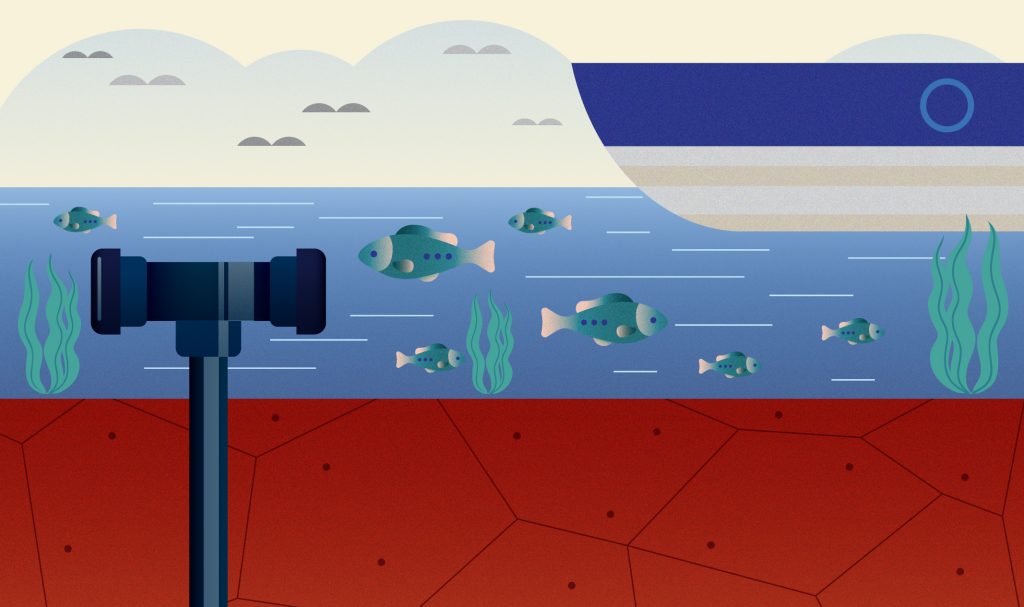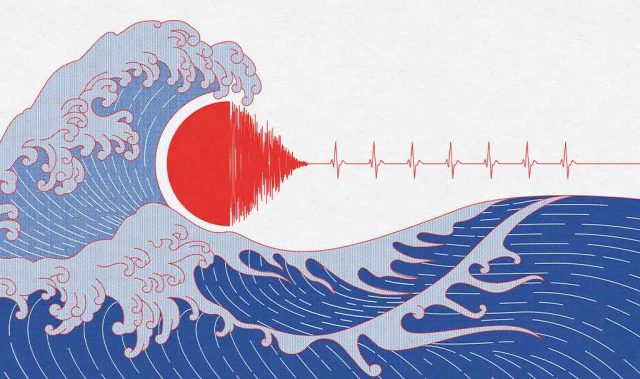
Beyond a grain of salt
Besides mapping how water flows through both natural and human-made systems, exascale computing could transform water treatment and desalination, or the removal of salt from water. As 96 percent of the world’s water resources are saline, humans have ingeniously built filters and treatment plants to turn unusable water into a safe supply. However, desalination as it stands may not yet be the silver bullet to the water crisis.
Purifying water comes at a stark cost: the faster the desalination, the higher the power required to push water through the filter or heat it up to separate liquid from salt. Because of this inevitable trade-off, pushing up the power output to accelerate desalination rate might solve one sustainability issue only to cause another planetary problem.
To resolve this dilemma, scientists are looking to make better membranes, but doing so is proving to be tricky business. For one, the exact dynamics of this trade-off relationship can vary depending on the initial water supply’s salt content and the extent of salt removal needed—after all, clean water for sanitary purposes is much different from potable water.
Filtration efficiency also boils down to the size of the membrane’s pores, allowing water to pass through while blocking out contaminants. However, another trade-off exists between the membrane’s salt rejection capacity against the speed and volume of water flowing through the filtering system.
Against this backdrop, researchers have been devising AI models to dissect material properties, identifying the best ways to design more efficient membranes. While AI has already revolutionized scientists’ exploration of the chemical space—the set of all possible compounds we might ever encounter—only a tiny fraction of that space’s infinite depths have been discovered.
With the dawn of exascale computing, however, such expansive modeling could accelerate materials discovery as well as analyze how structure and orientation influence the properties of existing membrane materials. In turn, this could yield more accurate insights into the characteristics that drive membrane filtration capacity.
Scientists from Japan, for example, ran virtual experiments to predict the properties of carbon nanotube materials, which could be used to devise filters with extremely tiny pores for enhanced water permeability. Within an hour, they completed over 1,700 virtual simulations via their deep learning framework, a type of AI that imitates the human brain by using multiple layers of networks to extract insights from raw data.
Exascale-powered AI could also equip innovators with an enhanced ability to simulate different scenarios at high speeds. By allowing precise manipulation of membrane parameters and accurate predictions of the results, these computing solutions could bypass the need for the typical time-consuming and wasteful trial-and-error processes during development.
What was once a tedious ordeal of running experiments involving miniscule materials like nanosized filters could now be left to the supercomputer to figure out in a matter of minutes.












